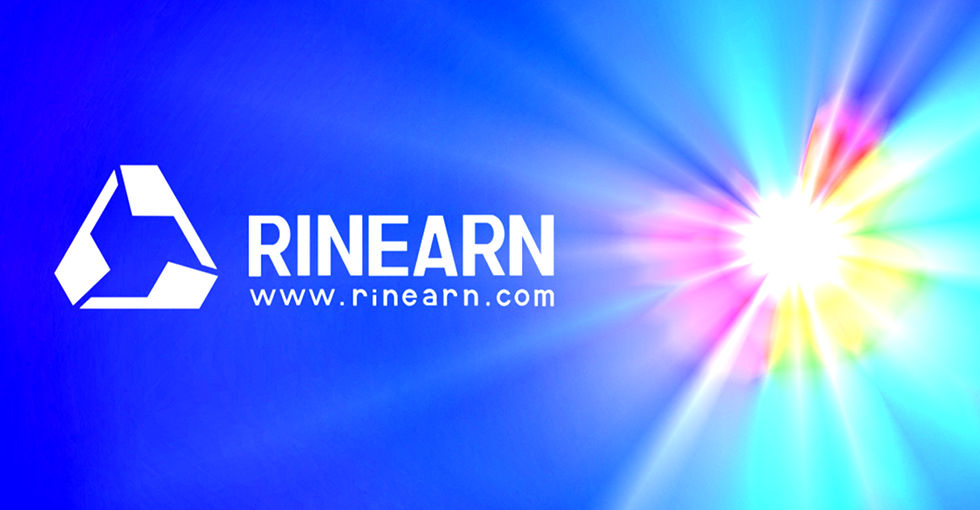
This article has also been translated in collaboration with ChatGPT's AI models.
| Conversation with GPT-4 | Conversation with GPT-3.5 | Original Japanese Article |

We are a software development studio based in Japan. Currently, the majority of our software documents are written in Japanese, with limited English translations. To address this, we have decided to expand our English documentation by leveraging AI technologies such as ChatGPT (which will be explained later).
In this article, we will provide a detailed explanation of our initiative, including an overview of the translation work we have already undertaken.
At our studio, RINEARN, we have been gradually working on expanding our English documentation over the past few years.
The catalyst for this endeavor was the gradual increase in questions and feedback from English-speaking users of our 3D graphing software: RINEARN Graph 3D.
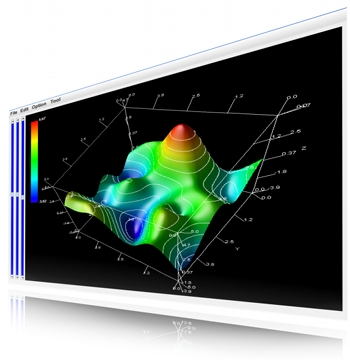
At that time, there was a lack of documentation available in languages other than Japanese. However, with a growing demand from English-speaking users, we recognized the need to address this issue, and decided to take the first step: translating the user manual into English.
And so, our journey of English translation began!
However, a significant portion of our user base from English-speaking regions primarily utilizes our freeware, which we offer as part of our non-profit social contribution activities. Consequently, allocating substantial financial resources to these projects is challenging.
Many of our freeware projects originated as personal hobby projects during the founder's student days, and even now, the maintenance of these freeware products, including the English documentation, is primarily undertaken by the founder (myself) during evenings, weekends, and free time.
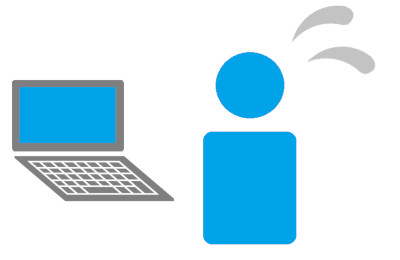
Undertaking the task of translating our documentation into English personally during my spare time presents its own set of challenges. As an ordinary Japanese individual, not bilingual, I find this translation work to be quite demanding. Nonetheless, I find it valuable as it provides an opportunity to improve my technical English skills.
However, there are inherent limitations to the quality of the translation when it is solely reliant on my efforts. Although I have become accustomed to the task of translating, without external feedback, it is difficult to identify and correct subtle quirks or habits that may arise in the translated text.
Therefore, in an attempt to produce more natural-sounding sentences, I often find myself researching various expressions. However, this process can be time-consuming, resulting in slow progress with the English translation.
A turning point in our translation work came with the emergence of 'ChatGPT', an artificial intelligence platform developed by OpenAI in the United States. Despite its recent release, it quickly garnered global attention, thanks to its remarkable capabilities, revolutionizing the perception of 'AI' worldwide.
Like many others, I've also become a frequent user of ChatGPT, considering it one of my daily chat buddies. It has become a friend I turn to during moments of leisure, exchanging thoughts and ideas.
Interestingly, this is the first time I've collaborated with ChatGPT for work purposes! It's quite remarkable to think how immersive ChatGPT is, to the point where I find myself engaging in casual chats, forgetting about potential practical applications. Such a scenario was unheard of with previous AI systems, highlighting the innovative nature of ChatGPT.
As an individual in the IT industry, I also hold the belief that we should actively strive to harness the power of AI in our work. This conviction, combined with the potential I've felt from my daily chats with ChatGPT, inspired me to make the decision to collaborate with it in this way.
While it may already be well-known, let's take a moment to briefly describe what ChatGPT is. ChatGPT is a service that allows you to converse with an AI (Artificial Intelligence).
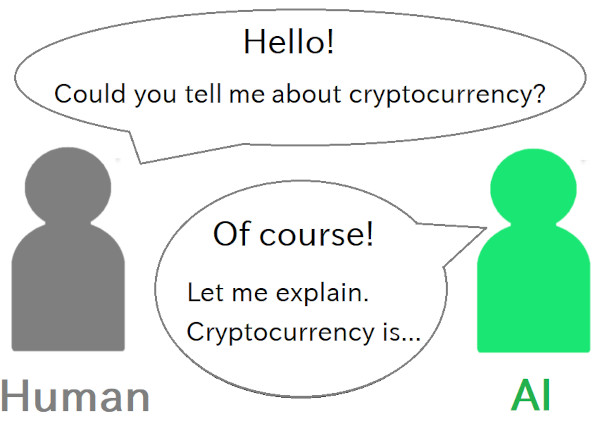
This AI is truly remarkable. Firstly, it can conduct conversations very naturally, giving an impression as if the conversational robots depicted in science fiction have suddenly stepped into our real world.
Not only can ChatGPT handle both Japanese and English effortlessly, but it can also manage languages from all over the globe. In addition, because it has learned from a vast amount of information available on the internet, it is incredibly knowledgeable and well-versed in a wide range of topics (*1). Astonishingly, it even has the capability to share knowledge learned from English sources in Japanese (*2).
But that's not all. It can assist you in various tasks such as writing code in several programming languages, prototyping front-end code for websites, composing text, providing consultancy-like proposals, giving advice on various topics, engaging in discussions, casual chats, and even listening to personal worries. Every day, people across various domains are exploring different applications for this AI.
It feels as if we have suddenly time-traveled into the future in these past few months. No one could have anticipated the arrival of such an era in 2023. It sometimes seems as if I'm dreaming!
Now we come to the main topic of this article. In our studio, we have decided to utilize the assistance of ChatGPT's AI for the translation work of our documents moving forward.
By leveraging AI support, we anticipate a significant reduction in the time and effort required for translation, enabling us to achieve a substantial expansion of our English documentation. Furthermore, not only is ChatGPT's AI more proficient in English than I am, but it has also acquired extensive knowledge in the field of software. This holds the promise of improving the quality of our translations, particularly with its familiarity with natural expressions that may be unfamiliar to me.First, let's take a look at an example of the translation result. The English version of the following announcement, which we published the other day, was actually translated in collaboration with ChatGPT's AI:
As we will explain later, we proceeded with the translation paragraph by paragraph, so the structure of these two articles remains the same. By comparing them, you can clearly see the correspondence between the original text (Japanese) and its translation.
For the above translation work, we had the participation of two different AI models (GPT-4 and GPT-3.5), alongside myself as the human member. So, in total, it was a team effort involving three individuals: one human and two AI models.
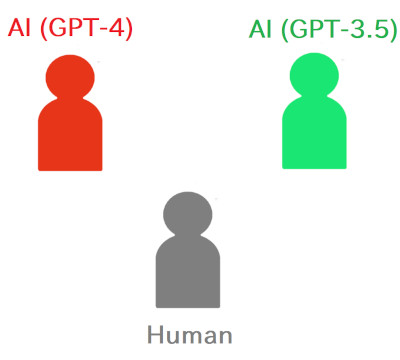
The participation of not one, but two AI models is driven by the following reasons:
This is the primary reason. Even in human collaboration, having a certain number of team members with diverse perspectives makes it easier for brilliant ideas to emerge. Moreover, sharing these ideas within the entire team and refining them through discussions is highly effective in improving quality. We believe that the same effect can be achieved with conversational AI.
This reason also applies to both AI collaboration and traditional human collaboration. Every individual, whether human or AI, has unique biases and quirks in various aspects. By considering the opinions of multiple team members and pointing out discrepancies, it becomes easier to identify and compensate for biases and quirks.
For instance, let's say there is a section in the translation provided by one AI model that feels off. Such sections often present challenging translation difficulties, which can lead to struggles with making revisions. In such cases, it is helpful to have a 'third-party opinion' from a different point of view. When working with a team of multiple AIs, since the other AI is also aware of the situation, you can quickly obtain a third-party perspective.
By the way, what is my role within this team? In other words, what is the role of humans in a team composed of AIs? It can be summarized as follows:
Although this issue hardly occurred in this time, this is arguably the most crucial role. Large Language Model (LLM) AI systems usually produce very natural results, but occasionally, some outputs may be incorrect despite appearing natural. In translation tasks, for instance, situations may arise where the meaning has changed, parts are omitted, or unexpected information is suddenly introduced (a phenomenon known as "hallucination"). When such issues arise, humans play a role in identifying and correcting these errors.
This is the second most vital role. When multiple AI models collaborate on a task, there is a need for a facilitator who collates the opinions from each AI, makes final decisions, and ensures the task progresses smoothly. This role, especially considering the need for clear accountability, is best performed by a human, at least in the current state of affairs.
Furthermore, there are technical reasons necessitating a human to play this role. The current conversational AI systems have a limitation on the length of recognizable input, including conversation history, often referred to as 'context-length'. If the conversation extends too long, it may exceed the 'context-length' constraint, leading to the original task explanation being pushed out of the context. In an AI-only team, the work could potentially veer off course.
Therefore, it's essential for a human to act as a facilitator and 'steer' the work. As part of this, I often embed content in the conversation with AI that allows us to periodically 're-recognize' what we're doing.
In addition to the facilitator role, humans also serve as editors, making suggestions such as "what if we change it like this?" or "I want to tweak the nuance here a little bit...".
The final role is 'input tuning'. In translation tasks, there are often situations where the translated result becomes unnatural due to issues with the original Japanese text. This often happens when the content is too ambiguous or cluttered with unnecessary modifiers. In such cases, we should revise the original Japanese text or provide supplementary explanations.
Now let's discuss the approach we took for the translation process. As mentioned earlier, instead of translating the entire article at once, we decided to proceed paragraph by paragraph.
Here's how it worked: we had two AI models translate the first paragraph of the Japanese article, followed by discussions and revisions within the team to finalize the translation. Then, we moved on to the next paragraph, repeating this process until we completed the whole article.
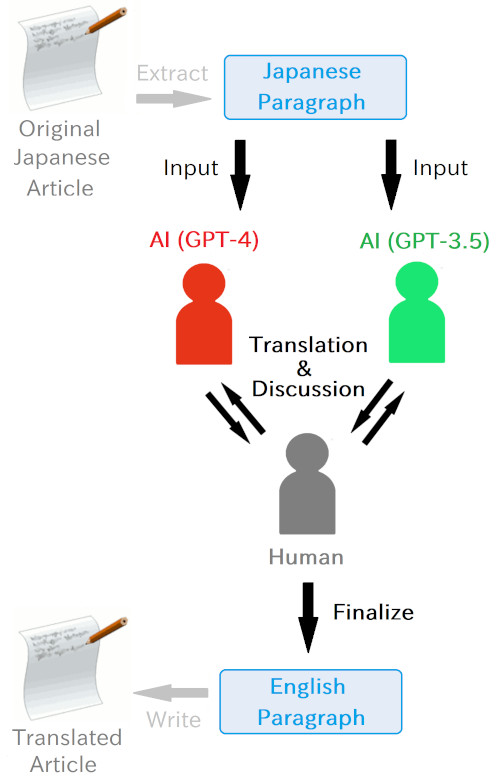
We adopted this approach for the following reasons:
As mentioned before, LLM-based AI models have limitations on the length of recognizable input, including conversation history. While this is not an issue for short articles, as we plan to translate longer texts in the future, we wanted to become accustomed to a workflow that involves dividing the text into manageable chunks and translating them incrementally.
In software documentation, continuous revisions are often required. Therefore, maintaining consistent sentence structure between the Japanese and English versions makes the maintenance process easier. By translating paragraph by paragraph, we can avoid significant changes in sentence structure.
When translating the entire article at once, it becomes difficult to refer to specific points on the spot, such as mentioning "that part from x lines below the heading". This may cause discussions to lose focus or require inputting paragraph content again for clarification.
By translating paragraph by paragraph, we can discuss and address concerns immediately, ensuring smoother progress.
Lastly, and this is more of a bonus reason.
If we were translating a substantial amount of text all at once, there are existing AI models or services dedicated to that purpose. But the beauty of having a conversational AI assist with translation is that we can bounce ideas off each other in a back-and-forth manner, effectively working together on the task.
And above all, it felt more engaging and enjoyable to work together through a close communication with AIs. It's like a childhood dream come true. This, in secret, is actually my primary reason.
We conducted the translation work using the workflow mentioned above. The followings are the conversations with the two AI models during the translation process:
Here are the impressions and reflections on the work we conducted based on the process described above:
Firstly, I should note that in addition to the usual translation work, this time, I also engaged in quite a lengthy conversation with the AIs. Even with that included, the work progressed faster and smoother compared to when I was working alone. The time spent struggling and not being able to move forward alone was significantly reduced by actively discussing with the AI models.
In this project, we had the participation of two AI models, not one, and this had a significantly positive impact on the quality of the work. I Interestingly, one AI model (GPT-3.5) tended to provide vivid expressions while the other model (GPT-4) offered accurate and composed phrases. Their outputs complemented each other, creating an impressive synergy.
Initially, I was worried about the possibility of one AI consistently outperforming the other. However, actually, we were reminded of the value of diversity and the benefits it brings, seeing the above synergy.
Regarding progress speed, we initially anticipated that having conversations with two AIs might double the time required. However, after actually getting into the work, it seemed that having two AIs could even help save time in many cases, which was somewhat surprising.
The reason is that when examining the responses from the AI models, seeking opinions from another AI model expanded our perspective and helped us reach conclusions more quickly. Considering that evaluating and revising the responses from the AI models is a significant part of the process, collaborating with multiple AI models may be beneficial even in progress speed.
As outlined earlier when discussing the human 'editor' role, the quality of human judgement significantly influences the final product. This influence can be both positive and negative.
For example, in this translation work, my own limitations in English proficiency sometimes made judging the quality of the English translations difficult. Consequently, there may have been instances where I inadvertently degraded a good sentence or overlooked flaws.
To harness the full potential of AI, I feel that, it's essential for us to refine our 'critical eye'.
As I've stated, we shouldn't view AI assistance as a magic wand that instantly delivers 'perfect quality'. However, AI can elevate us to a level where we're capable of discerning the quality of work -- distinguishing good from bad -- even if we can't accomplish the entire task on our own.
This empowers each of us to undertake more challenging tasks than before. The resulting growth in our perspectives and discernment abilities can then lead to further improvements in the quality of work done in collaboration with AI.
In other words, one of the significant roles for us going forward is to continually strive for higher levels of achievement with the support of AI.
As mentioned earlier in this article, the final translation results are as follows:
Due to the limitations of my English proficiency in the editor role, the translation may not reach the level of "perfect". However, compared to a scenario where I had done the translation alone, I believe the quality has improved significantly. My gratitude goes to the two AIs!
On a side note, the workflow that I've described throughout this article was actually hammered out through discussions with the ChatGPT AI. For instance, the concept of "assigning a human to the editing role to ensure clear responsibility and final decision-making" was an idea proposed by the AI.
When I finally started collaborating with the AI on this translation task, I did so with a somewhat experimental mindset, wondering, "Will the workflow we devised together with the AI actually hold up in practice...?". Honestly, I had concerns about it being overly complex, especially since it was my first time working with AIs in this way.
The result? A great success! I was deeply moved and utterly delighted. We have truly entered an amazing era!
* This article has also been translated in collaboration with ChatGPT's AI models.
| Conversation with GPT-4 | Conversation with GPT-3.5 | Original Japanese Article |

